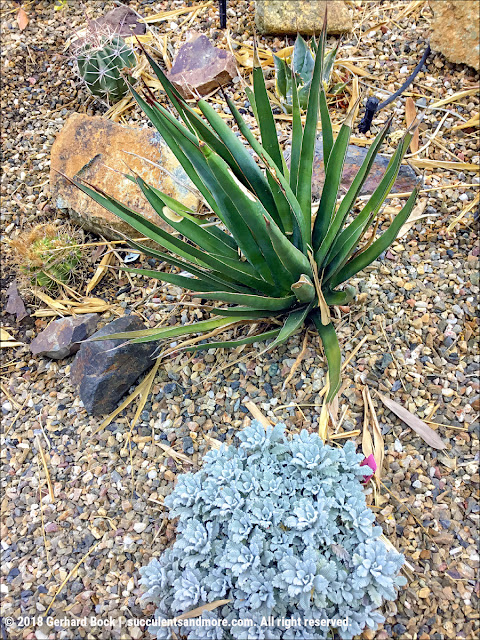Around the world on 6,000 sq.ft.: Brian's miniature botanical garden

A few months ago, I showed you my friend Brian's completely transformed front yard in Concord, California , about an hour from where I live. Brian is a fellow plantaholic who has assembled an impressive collection of dryland plants from all over the world—his own miniature botanical garden, you might say. This is no coincidence, considering that Brian volunteers at the nearby Ruth Bancroft Garden (RBG) once or twice a week. The constant exposure to one of the best succulent gardens in the country—and the master plantsmen who continue Ruth's legacy, including curator Brian Kemble, assistant curator Walker Young and horticulturist Ryan Penn—has had a profound effect on Brian's own path as a gardener. As an extra benefit, he has been able to bring home discarded plants from the RBG that would otherwise have ended up on their compost pile. Add to that an outsized green thumb, and it's no surprise that Brian's garden is flourishing. Driveway bed Last weekend, B...











